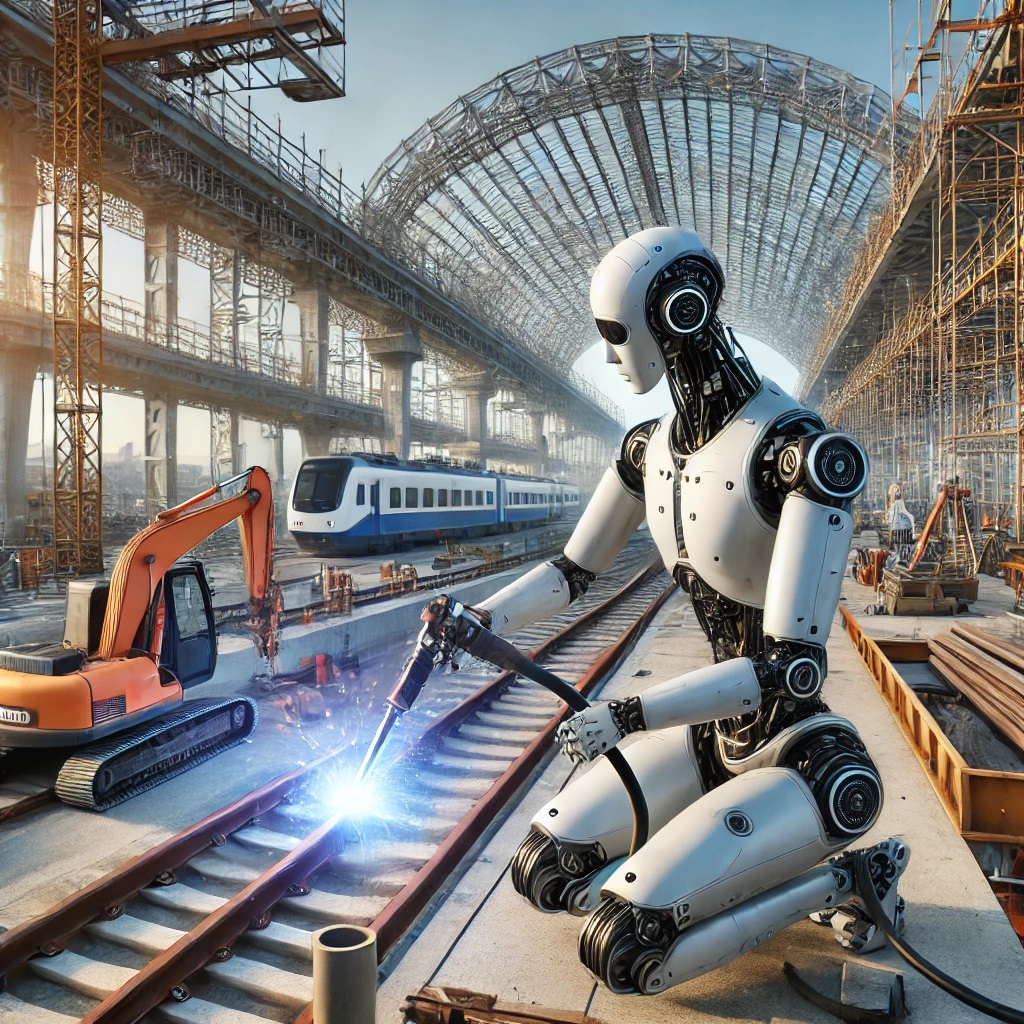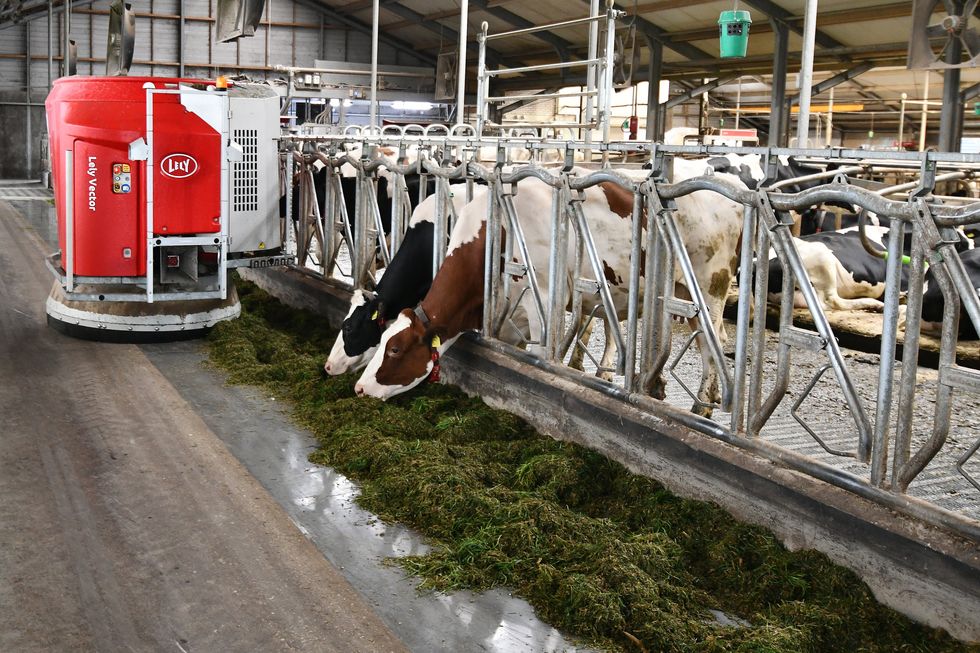The integration of humanoid robots into the design and construction of railway stations is no longer just a futuristic concept—it’s a tangible step toward revolutionizing infrastructure development. Combining robotics, artificial intelligence, and human-like precision, humanoids are set to redefine how we build and maintain vital transportation hubs.
Humanoids as Skilled Construction Workers
Humanoid robots bring precision, efficiency, and safety to construction sites, making them invaluable in tasks such as:
- Bricklaying and Welding: With specialized tools, humanoids can perform intricate construction tasks, from structural steel welding to laying bricks with unmatched precision.
- Heavy Lifting: Equipped with advanced servo-motors, humanoids handle large beams, panels, and precast components, reducing the risk of injuries and boosting productivity.
- Site Preparation: In hazardous or challenging environments, humanoids excel at earthworks, excavation, and land clearing, ensuring seamless preparation for platforms and tracks.
Humanoids in Design Collaboration
Humanoids don’t just build—they contribute to the creative and technical aspects of design, offering:
- AI-Driven Design Assistance: Integrating AI, humanoids analyze factors like foot traffic, accessibility, and aesthetics to create optimized, functional station layouts.
- Virtual Prototyping: Using augmented and virtual reality, humanoids test 3D models, simulate passenger flow, and provide actionable insights for design refinement.
- Building Information Modeling (BIM): These robots can build precise digital models, enabling engineers and architects to visualize and perfect their designs before construction begins.
Operational Excellence Beyond Construction
Humanoids’ potential extends far beyond the building phase, ensuring long-term efficiency and customer satisfaction:
- Maintenance and Repairs: From routine inspections to replacing fixtures, humanoids can maintain stations with minimal disruption.
- Passenger Assistance: Acting as friendly concierges, humanoids guide travelers, assist with ticketing, and help passengers with disabilities.
- Safety and Surveillance: Equipped with advanced sensors, humanoids ensure passenger safety, monitor for hazards, and respond swiftly to emergencies.
The Challenges and Opportunities
While the adoption of humanoid robots presents immense opportunities, challenges such as cost, energy efficiency, and public acceptance must be addressed. As technology advances and costs decrease, the integration of humanoids into infrastructure development becomes not only feasible but inevitable.
A Glimpse Into the Future
Humanoids have the potential to reshape the way we design, build, and manage railway stations. They embody a vision of sustainable, efficient, and innovative infrastructure development that supports both human and technological growth.
As we embrace this transformation, the question is no longer if humanoids will revolutionize railway stations, but how soon.
Are we ready to take this leap?
How useful was this post?
Click on a star to rate it!
Average rating 4.9 / 5. Vote count: 11
No votes so far! Be the first to rate this post.
We are sorry that this post was not useful for you!
Let us improve this post!
Tell us how we can improve this post?





